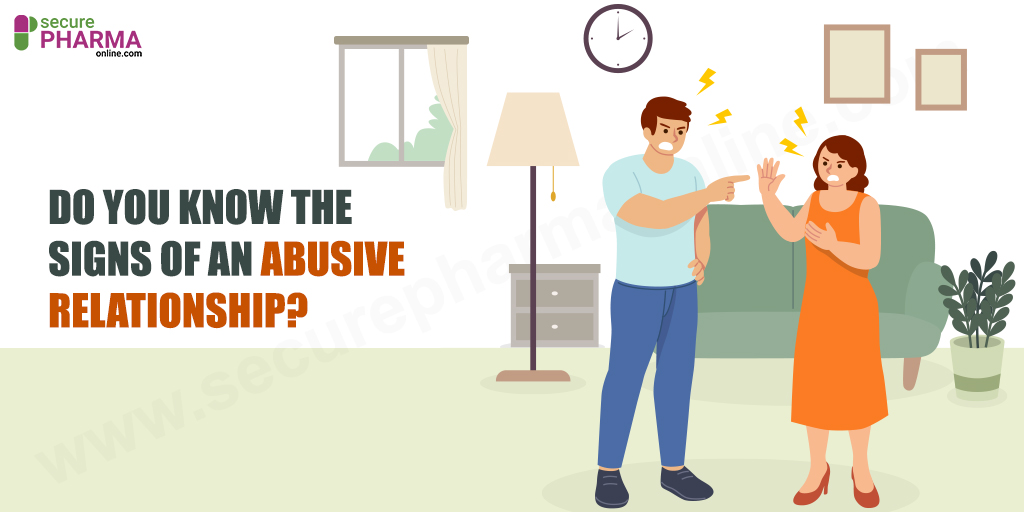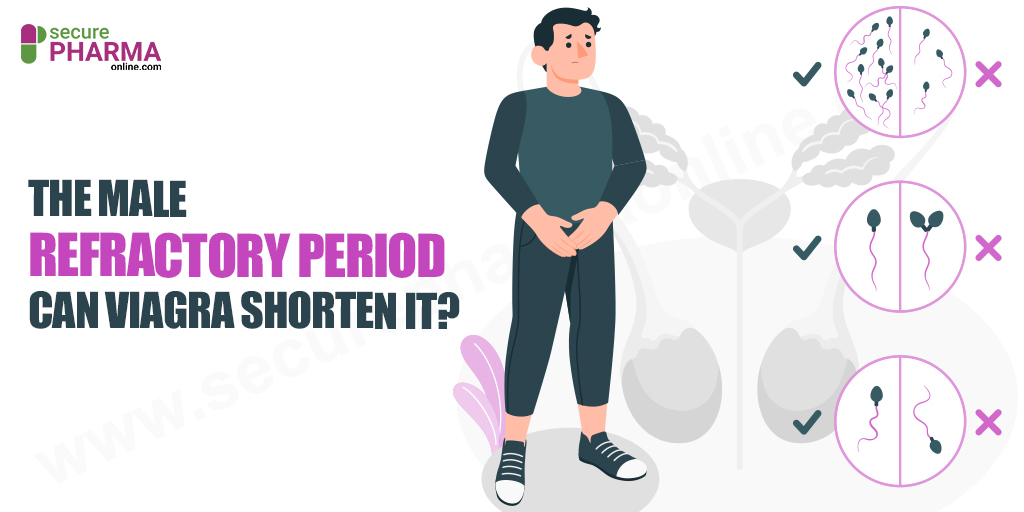Chlamydia In Men: Causes, Symptoms, And Treatments

What Is Chlamydia?
Chlamydia is one of the most common STIs seen in the population and causes urethritis and proctitis in the affected individuals. Even after a significant portion of the cases going unreported, almost 3 million cases of this infection are seen every year. Individuals of all genders can get affected by it after engaging in unprotected sex with an infected person or a carrier.
Even though chlamydia occurs in both sexes, women are often at a higher risk for the infection. Especially females of the age 15 to 24 show the highest susceptibility to it. Practicing safe sex is the only way for a sexually active person to prevent contracting the infection.
Chlamydia in males is not as common as it is in females. One to three weeks after engaging in sexual activities with an infected partner is the period where symptoms indicating the infection show up. Getting screened regularly for sexually transmitted infection is advised.
1. Causes
Chlamydia can affect anyone. It is caused when infected bodily fluids come in contact, directly or indirectly, with susceptible regions of the body. Chlamydia trachomatis is the bacteria behind this infection. A common misconception about this disease that it can be communicated through kissing, sharing glasses, or hugging.
It is transmitted through penetrative or oral sex with someone without using the necessary barrier protection. It can also be passed down from parent to infant if the mother is in contact with the bacteria during pregnancy. The disease can be transmitted even if the partner does not ejaculate during sex.
Contracting chlamydia once does not make the person immune to it. If not treated properly, the infection gets passed back and forth between the partners. Testing for the infection is done using a urine test or a swab test.
2. Symptoms
The symptoms of chlamydia present differently in males and females. Some men show symptoms that go unnoticed easily while others do not even show symptoms. The time taken for signs of the disease to show up is typically one to three weeks. If these symptoms are seen after unprotected sexual activities with a new partner, be sure to consult a health care expert and get tested for STIs.
The commonly seen signs of chlamydia in men are:
- Painful burning feeling while passing urine
- Colored fluid release from the penis, especially in yellow or green color
- Release of pus or watery or milky fluids from the genitals
- Aches in the lower region of the torso
- Painful sensation in the testicles
- Swelling in one or both of the testicles
- Unusual sores or rashes on or around the genitalia
It is possible to contract chlamydia at different locations in the body depending on the type of sexual activities engaged in. Individuals can suffer from it in the rectal canal, throat, and eye.
Participating in unprotected anal sex may result in chlamydia infection in the rectal canal. Always use the necessary protection while having sex.
Signs of chlamydia infection in the rectum include:
- Anal discharges
- Pain in the rectal region
- Diarrhea
- Swelling in the anal canal
- Passing of mucus with stool
- Bowel movements that are extremely painful
- Redness in the anal region
- Bleeding from the anus
Often people forget the need for using protection while engaging in oral sex. Insist on using dental dams or latex condoms. Chlamydia transmitted through oral sex does not always display symptoms. The most common signs of chlamydia in the throat are:
- Soreness of the throat
- Experiencing dryness in the throat
- Fever
- Coughing
Even though chlamydia is common in the genital region, it also occurs, if rarely, in the eye. This can occur due to direct or indirect contact with the bacteria. Chlamydia in the eye is called chlamydial conjunctivitis. The symptoms of this infection are:
- Redness of the eye
- Eyes appear swollen
- Sensitivity to light
- Itching or other irritating sensations in the eye
- Discharge or mucus is released from the infected eye
Since the symptoms seen for chlamydia in the eye can be easily mistaken for symptoms of other ailments of the eye, this infection goes undiagnosed for a long time. If left without treatment, it can result in blindness.
Although this infection can be treated with a short treatment with antibiotics, untreated chlamydia may result in complications in some individuals. It can spread to other body parts and result in long term health defects like urethral inflammation, pneumonia, urethral infections, and swelling and enlargement of the lymph nodes in and around the genitalia. Prolonged chlamydia can also lead to lower sperm count.
Unattended chlamydia can lead to a condition called reactive arthritis. This condition has symptoms like inflamed eyes and joints and urethral infections. This disease is regarded as the immune system’s response to the bacteria and it is treated with anti-inflammatory medication. A person infected with chlamydia is often at more risk for diseases like HIV and gonorrhea.
3. Treatments
Treating chlamydia infection is relatively easy after diagnosis. The patient is given an antibiotic regimen to follow. Azithromycin is an antibiotic that is used to treat chlamydia. It is given in a single large dose but this drug is not prescribed anymore.
Another antibiotic prescribed for chlamydia treatment is Doxycycline. It is advised to take the pill twice a week for usually a week or two. Be sure to follow through with a health care expert after the prescription period to ensure that the infection is completely gone.
There are treatments in alternative medicine for chlamydia. Since these treatments do not have proper evidence showing their effectiveness, it is better to use antibiotics. The infection has long-term effects of fertility, urethral infection, and epididymitis, therefore stick to treatment that is sure to work.
Abstain from sex for at least one week after the treatment. Get checked for chlamydia three months after the treatment to ensure that the infection has not reappeared. Individuals who contracted chlamydia once have higher chances of contracting it again, so keep up with regular testing for STIs.
Also Read: Popular Chlamydia Myths, Debunked
Conclusion
Leaving chlamydia untreated has many consequences. Undiagnosed chlamydia can even affect fertility. If the infection is detected early and treated, there will be no lasting effects. Since prevention is better than cure, avoiding circumstances where the transfer of the disease will occur is preferred.
Emphasize the need for safe sex practices; always use barrier protection while engaging in sexual activities. Get tested for venereal diseases, especially if multiple partners or a new partner is involved. Engaging in unprotected oral sex with a partner who has not been tested is discouraged.
Utilizing a condom is a foolproof method to prevent contracting chlamydia. After being on antibiotics for curing chlamydia, if the symptoms still persist, return to the health care expert. Remember to get screened regularly to prevent complications and transmission of various sexually transferred infections.
December 10, 2020 Sam Bell











Comments